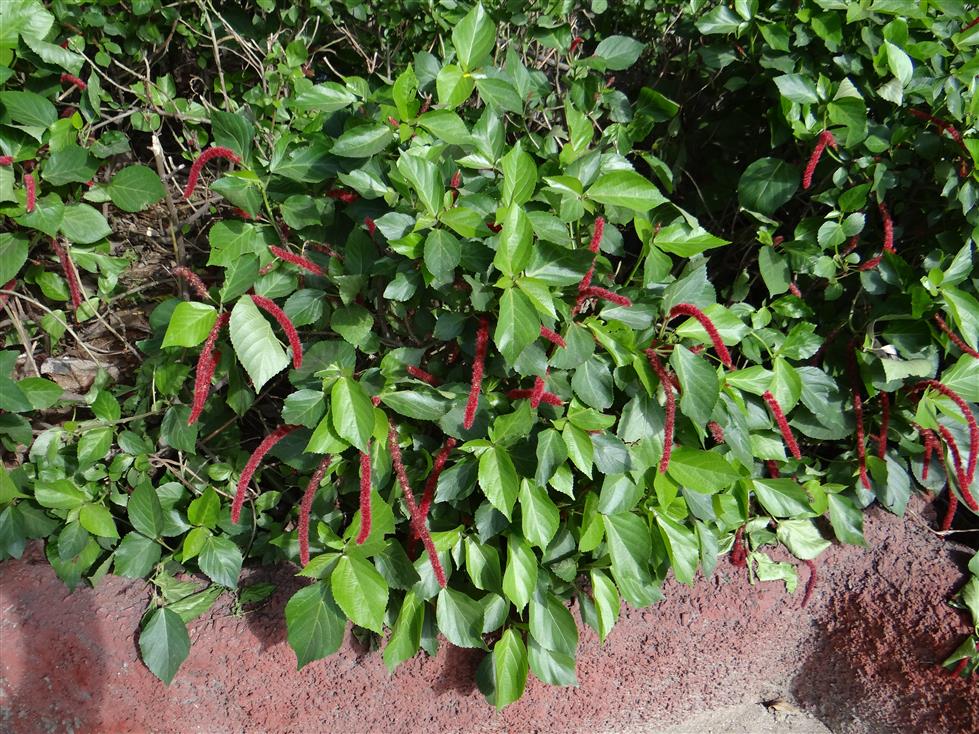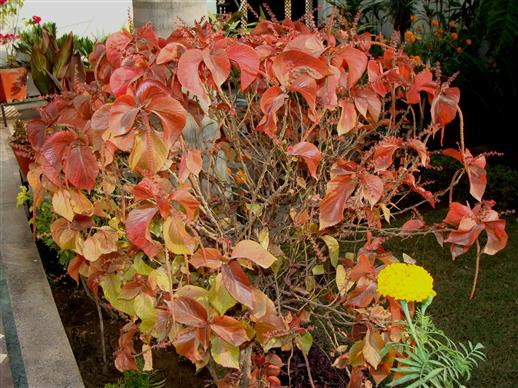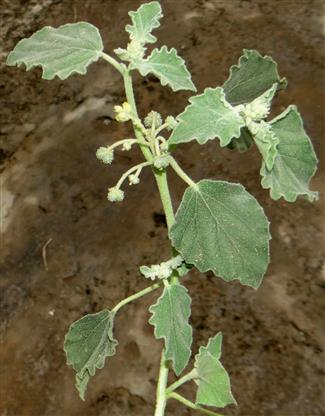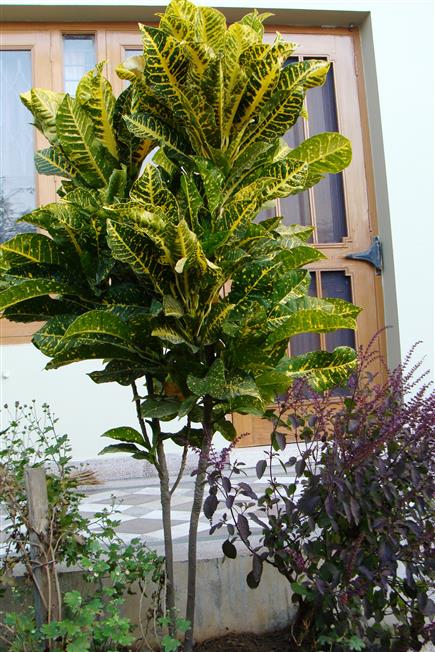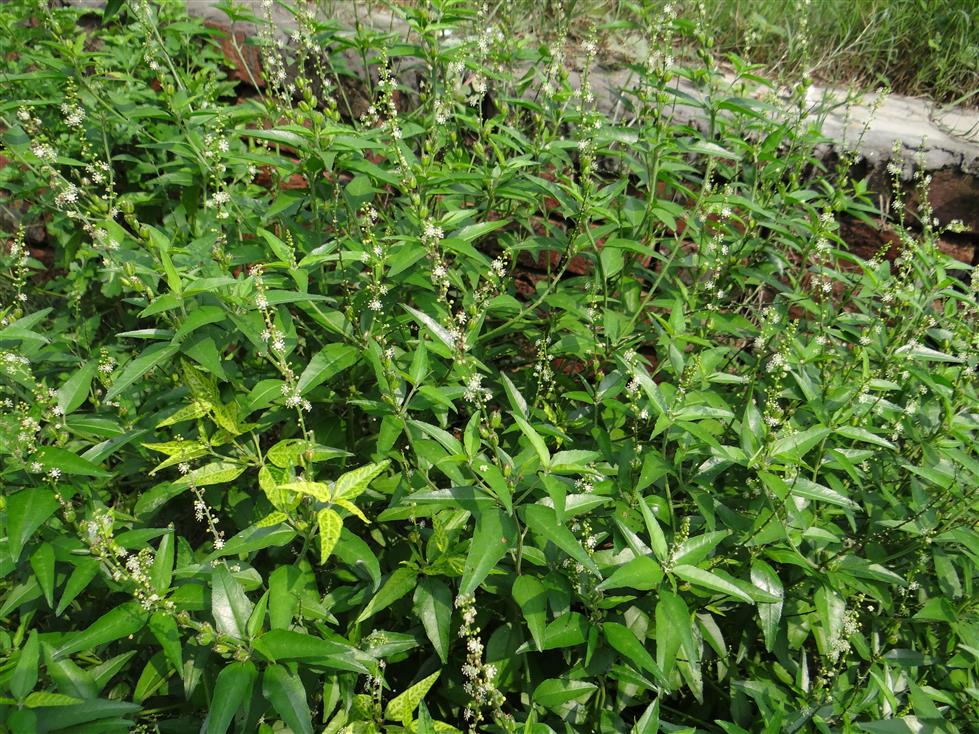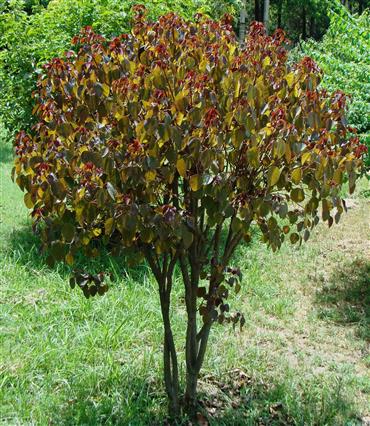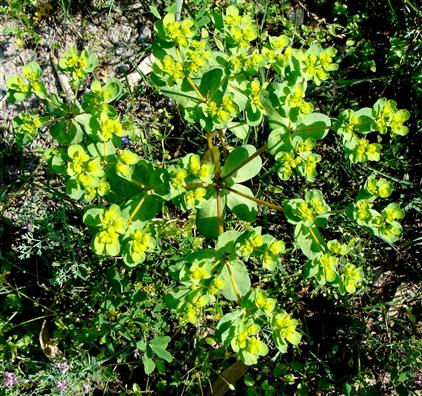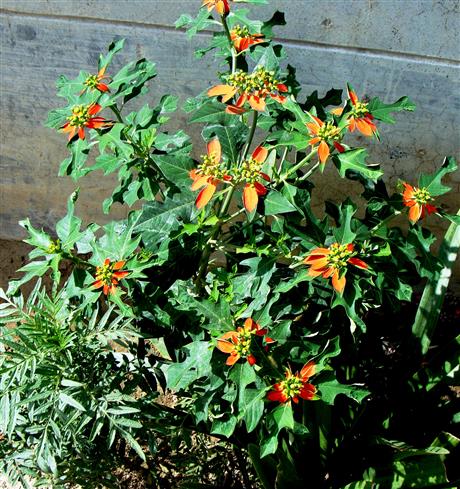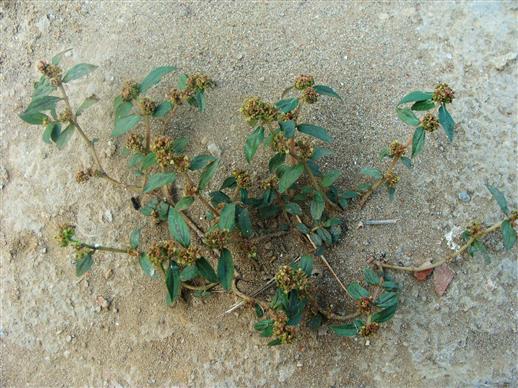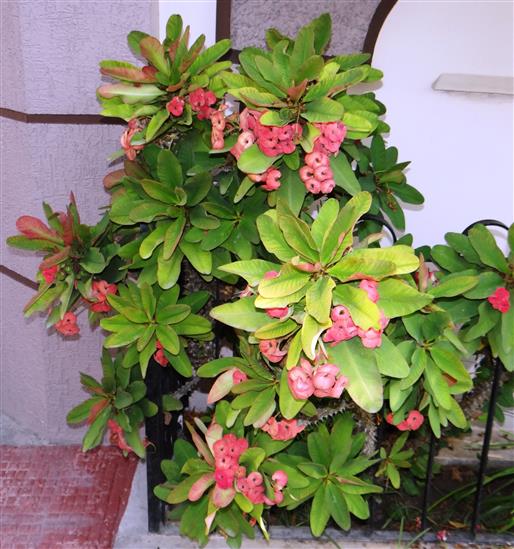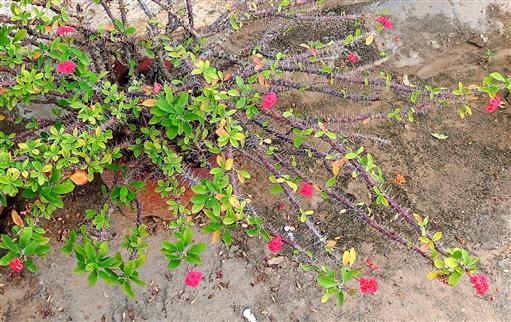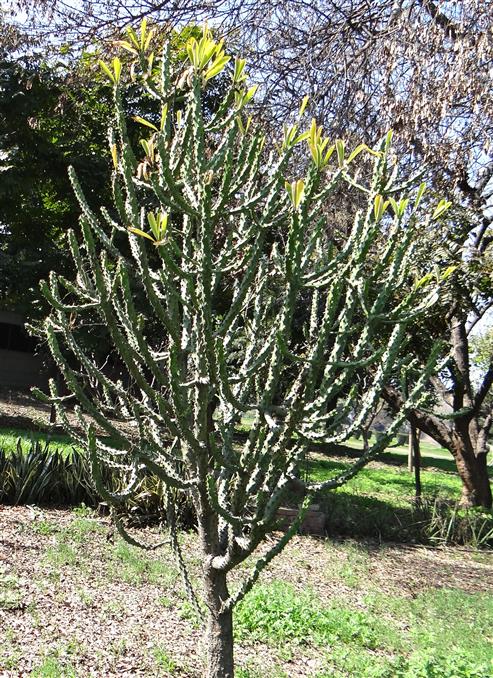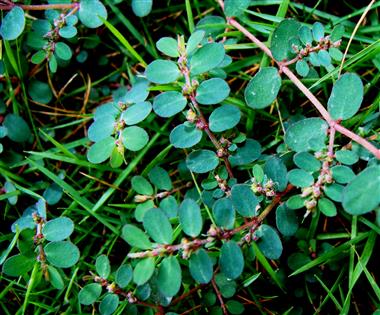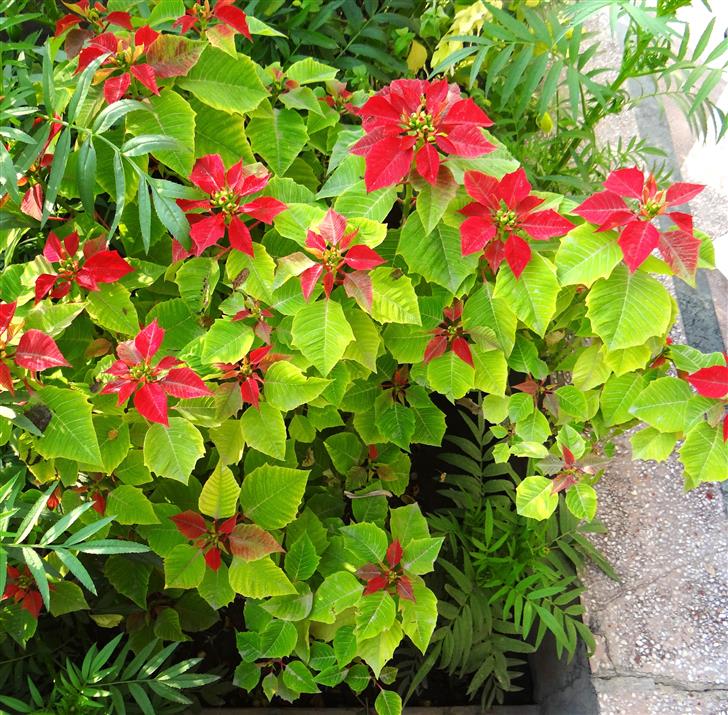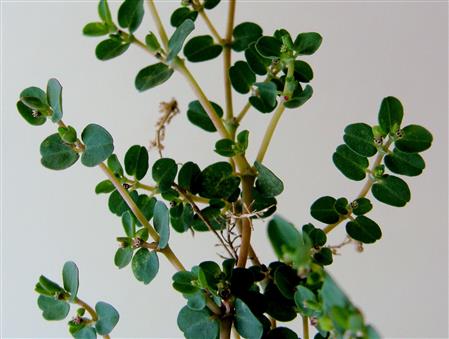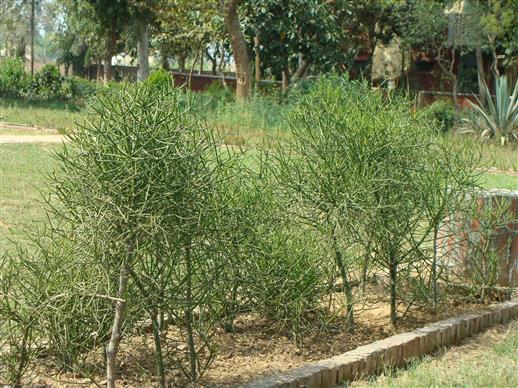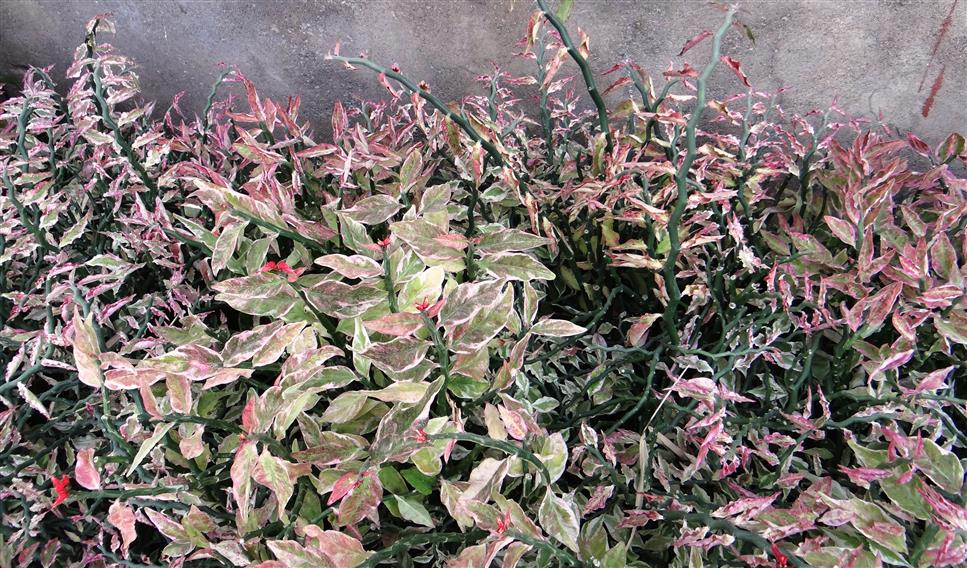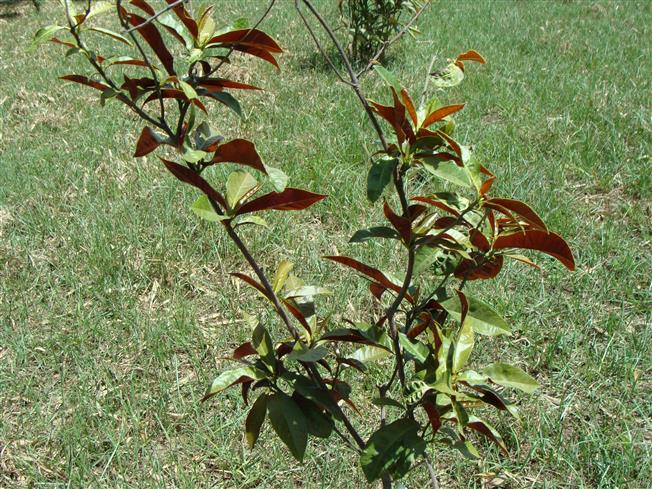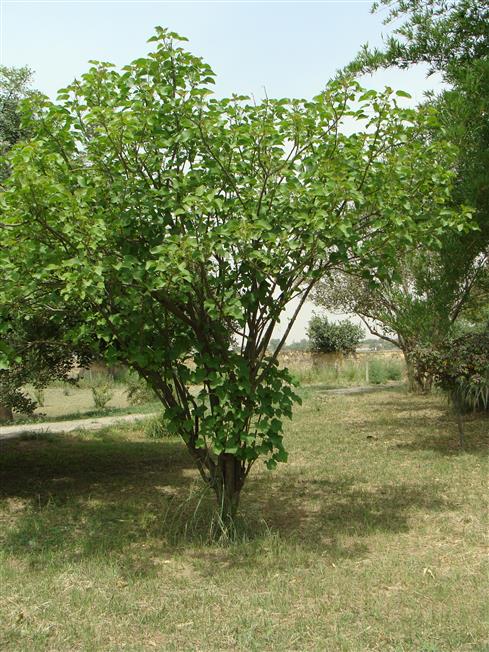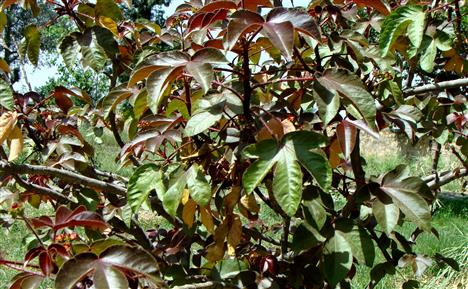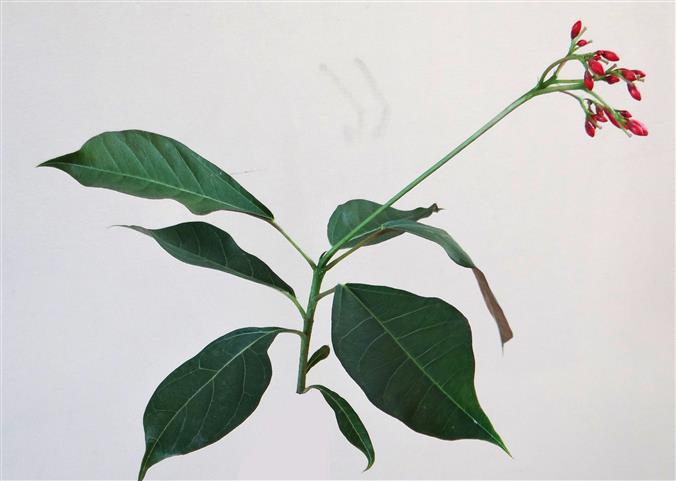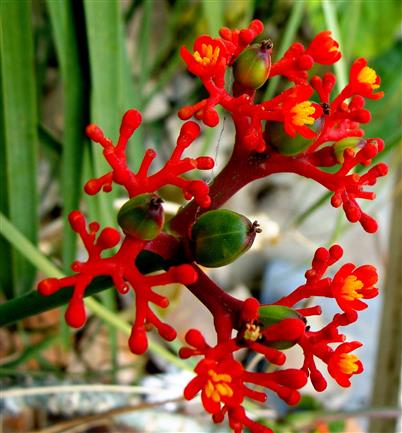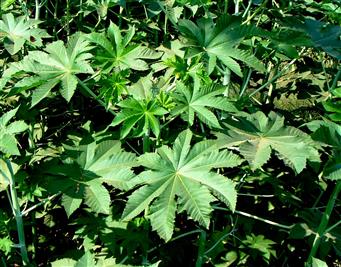EUPHORBIACEAE (SENSU LATO)**
Annual, biennial or perennial, armed or unarmed, deciduous or evergreen, herbs, shrubs or trees, dioecious or monoecious, succulent or not, sometimes with phylloclads, with or without milky latex or coloured sap, often poisonous. Indumentum absent or of simple, branched, stellate hairs or peltate scales, sometimes urticating. Leaves alternate, exstipulate or stipulate, opposite, rarely whorled, petiolate or sessile; simple, palmately lobed, rarely compound or reduced to scales, margin entire or toothed, venation palmate, pinnate or palmate at base and pinnate distally, distinct glands along margin and/ or on surface or glands absent; stipules, when present, free or connate, sometimes spathaceous, membranous, capilliform, glandular or spiny, persistent to readily caducous. Inflorescence terminal, axillary, lateral or leaf-opposed cymose, racemose, spicate, paniculate or cyathial. Flowers solitary or fasciculate, bracts sometimes petaloid, unisexual, usually actinomorphic, female flowers hypogynous, small to minute. Sepals in both sexes usually 3-6, free or connate into a calyx tube, valvate or imbricate, often dissimilar between sexes, rarely the female calyx turbinate or spathaceous, sometimes accrescent, minute or absent (Euphorbia). Corolla in one or both sexes of 3-6 petals, free, rarely united, subvalvate or imbricate or petals minute or absent (Euphorbia). Disc absent or present; male flowers with intrastaminal or extrastaminal of 5-6, occasionally more, free or united glands or disc annular or cupular; in female flowers disc hypogynous, usually annular or cupular, entire or lobed, rarely glands free. Stamens (1-) 3-100 (-1000), free or connate, simple, rarely branched, anthers 2 (-4) locular, dehiscence mostly longitudinal, rarely transverse or by pores. Pistillodes present or absent. Pistil 1, (1-) 2-5 (-20)-carpellate, ovary superior, usually sessile, (1-) 2-5 (-20)-locular, most commonly 3-locular, placentation axile, ovules 1 (-2) per loculus; styles usually 3, free or united, entire, bifid or laciniate, lobes erect, horizontal or curved, inner faces stigmatic. Staminodes occasionally present. Fruit usually a capsule, schizocarpic dehiscing into 3 bivalved cocci leaving a persistent columella or fruit indehiscent drupe or berry. Seeds 1(-2) per cell or by abortion 1 per fruit, carunculate or not, aril present or sometimes, smooth or variously ornamented.
About 300-320 genera and 6500- 8910 species
**Euphorbiaceae (sensu lato) is split into a number of families like Euphorbiaceae sensu stricto (227 genera), Phyllanthaceae (60 genera), Putranjivaceae (2 genera), Pandaceae (3 genera), Picrodendraceae (25 genera), Peraceae (5 genera) and Centroplacaceae (2 genera)
